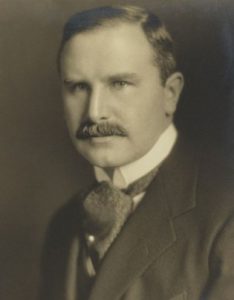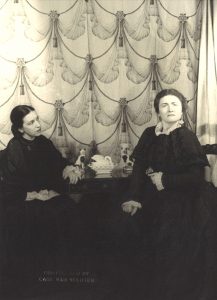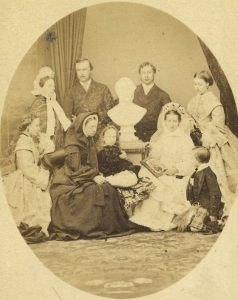
61 Bowdoin Street, Boston, Sunday, 16 July 1865: [The diarist’s sisters] Mary & Lizzie Shober[2] arrived duly by Newport train yesterday morning. It is so good to have them here – more than 9 years since Mary’s last visit to me, at the time of [Mrs. Gray’s son] Morris’s birth – since then this devoted sister has never left our brother John[3] day or night, save when she went to Baltimore on Susan Drinker’s[4] death, to be with Aunt Catharine[5] for 3 days. It is a painful effort to her to come now, but she bears up bravely, and will I am sure be better for the change. It has been a frantically busy week with me – but the [sewing] work is pretty thoroughly finished up, with Isabella to help for 10 days past. Continue reading ‘Crowded with berries’




